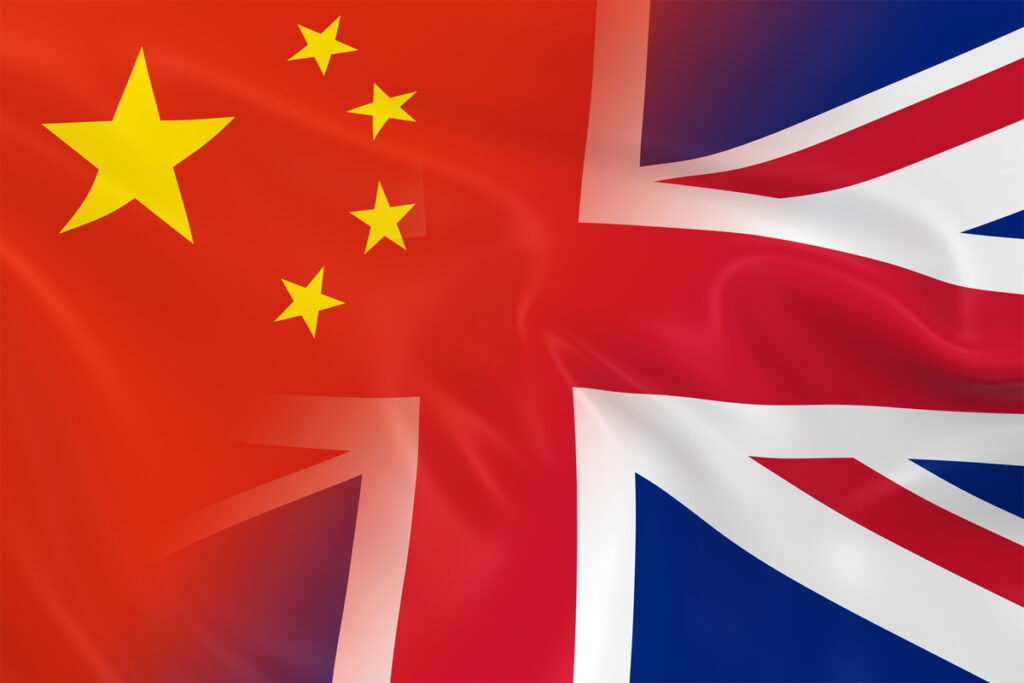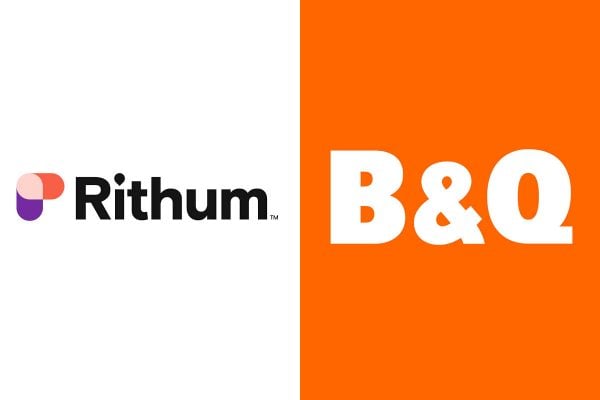60% of Chinese consumers intend to increase their cross-border ecommerce shopping despite concern by 80% of overseas retailers that their online sales capabilities aren’t adequate to succeed in the country, new research reveals.
The report, which was carried out by business consultant firm Frost & Sullivan in association with China retail strategy expert Azoya Consulting surveyed 1,000 Chinese consumers and 100 international retailers to understand their strategies, expectations and experiences of ecommerce. It’s the first report globally dedicated to providing research and advice for international retailers and brands selling into China via ecommerce.
China’s cross-border ecommerce market is worth over £88 billion, with an estimated 125 million Chinese online consumers shopping via cross-border ecommerce in 2017 – a quarter of all online shoppers. Research found that the average spend is currently over £600 per year and females spend 20% more than men.
81% of retailers surveyed said they view China as an appealing market opportunity and use various channels to sell here, including marketplaces, such as Tmall and JD.com, global ecommerce platforms or a standalone Chinese website. However, for the third of overseas retailers (32%) that choose to sell on marketplaces, satisfaction with sales capability is lowest. Only 21% are happy with the sales achieved, compared to 31% that sell through their own website. The major disadvantages of marketplaces, the research found, include lack of direct customer access, commissions of up to 15%, upfront costs and high levels of competition.
The main reason for purchasing from overseas retailers is the authenticity and high quality of goods. Fashion (22%), beauty (20%) and cosmetics and sports and leisure (18%) top the list of most popular items, and influencing factors affecting consumers’ choice of platform include payment options, efficient website performance, Chinese language customer support and nearby inventory.
The most popular countries with Chinese consumers are Japan (72%), South Korea (60%) and the USA (55%), while UK retailers are favoured by almost a quarter (23%) of shoppers.
The report examined the key focus areas for international retailers. These vary from establishing a warehouse in China (for retailers in Australia and New Zealand) to enhancing Chinese language content (for US retailers). Half the UK retailers interviewed plan on introducing a Chinese language website.
“Our research highlights the gap between Chinese consumer demand and overseas retailers’ capabilities, while also revealing the scale of opportunity and challenges for UK retailers looking further afield for business post-Brexit. While a marketplace may seem an easy way to set up an online presence, it often generates disappointing sales and marketing results as retailers are unable to connect directly with customers and control their business. To command healthy, long-term growth and reach China’s 500 million online shoppers, brands need to tell their story through a range of digital touchpoints.”
– Don Zhao, Co-Founder of Azoya
Retailers from five main countries and regions were interviewed, including Australia, New Zealand, the US, UK and other EU countries. The survey mostly involved mid-size and large retailers with annual revenue of over £36 million. 36% of the retailers had annual sales of more than £735 million.








4 Responses
It’s still virtual impossiable for a independant retailer to list in Chinesse Stores for small independant retailers on Tmall or JD.com, apparently you need to partner and register a business in China to do this, unlike over here where by they are welcomed by Amazon and Ebay. Without even starting on the unfair international postage systems which ranks China as a third world so it cheqaper to send a large letter or packet to the UK then someone who actually lives here. Without even starting on paying Non-payment of VAT. I’d happy sell to China if you can tell me how, without writing generic articles stating what a large market it is? When are tamebay gonna start promoting or highlighting such in-equalities and maybe compaign for change????
The only influx i see is VAT dodgers from China in the UK, and this influx has been for the last 10-15 years.